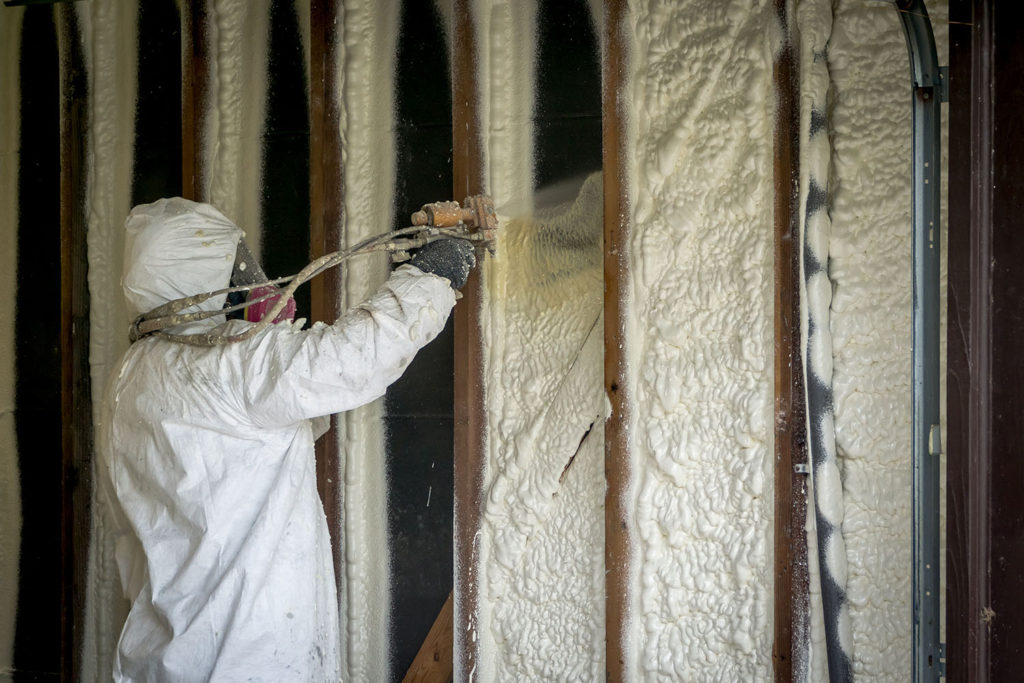How Insulation Works

Conduction, Convection, and Radiation
Understanding how insulation works means understanding heat flow. Heat flow involves three principles: conduction, convection, and radiation. Conduction is how heat moves through materials. Think about how a metal spoon placed in a hot cup of soup conducts heat through the handle and to your hand. Convection is the way heat circulates through gases and liquids. Convection is why warmer, lighter air in your home rises, and why denser, cooler air sinks. Radiant heat goes in a straight line. It heats whatever is in its path that’s solid and can absorb the energy.
Insulation Slows Heat Flow
Most insulation materials slow down the conductive heat flow. It slows the convective heat flow as well, to a lesser extent. No matter which way heat moves, it flows warmer to cooler until the temperature evens out. During winter, heat moves from your heated living spaces to your unheated attic, garage, basement, and eventually outside. Heat flow can also move through ceilings, floors, and walls via radiation. During the summer, heat moves in the opposite direction, from outside to your home’s interior. The proper installation provides a resistance to the unwanted flow of heat.
How R-Values Fit In
The industry measures insulation’s resistance to conductive heat flow by rating it according to its thermal resistance or R-value. The higher the R-value is, the better the material insulates. A high R-value, then, means higher effectiveness. The R-value depends on the type of insulation, density, and thickness. For some types of insulation, the R-value also depends on aging, temperature, and moisture.
Location Affects R-Value
How well insulation resists heat flow depends on how and where you install the insulation. For instance, if the insulation has been compressed within the space, it will not retain the full R-value. The R-value of an entire ceiling or wall differs from the insulation’ itself’s R-value. That’s because heat flows more easily through joists and studs via thermal bridging.
Different R-Values for Different Regions
The amount of insulation and R-value you need depends on your type of cooling and heating system, climate, and the part of your home being insulated. Most places that sell insulation will have a map or chart indicating which R-value is recommended for your climate. The United States is divided into regions or zones. Energy Star has a recommended R-value for each zone. This is cross-matched to the area receiving the insulation. For example, Energy Star recommends R-30 for a roof in the southern United States, R-38 for the middle of the country, and R-49 for the northern part of the country.
Spray Foam Insulation R-Value
The higher the density of the foam, the higher the R-value per inch. Compared to how traditional insulation performs over time, commercial spray foam insulation has a far superior R-value. Energy studies show that fiberglass insulation can loose up to 8% of its R-value before the contractor even installs it. Over time it can loose even more. Spray foam insulation, on the other hand, is made on site and applied immediately. The R-value remains consistent for the life of the product. The higher R-value per inch, the easier it is to gain a high R-value in a small space. Spray foam can easily double the potential insulating value of a wall where only a few inches of space are available.
